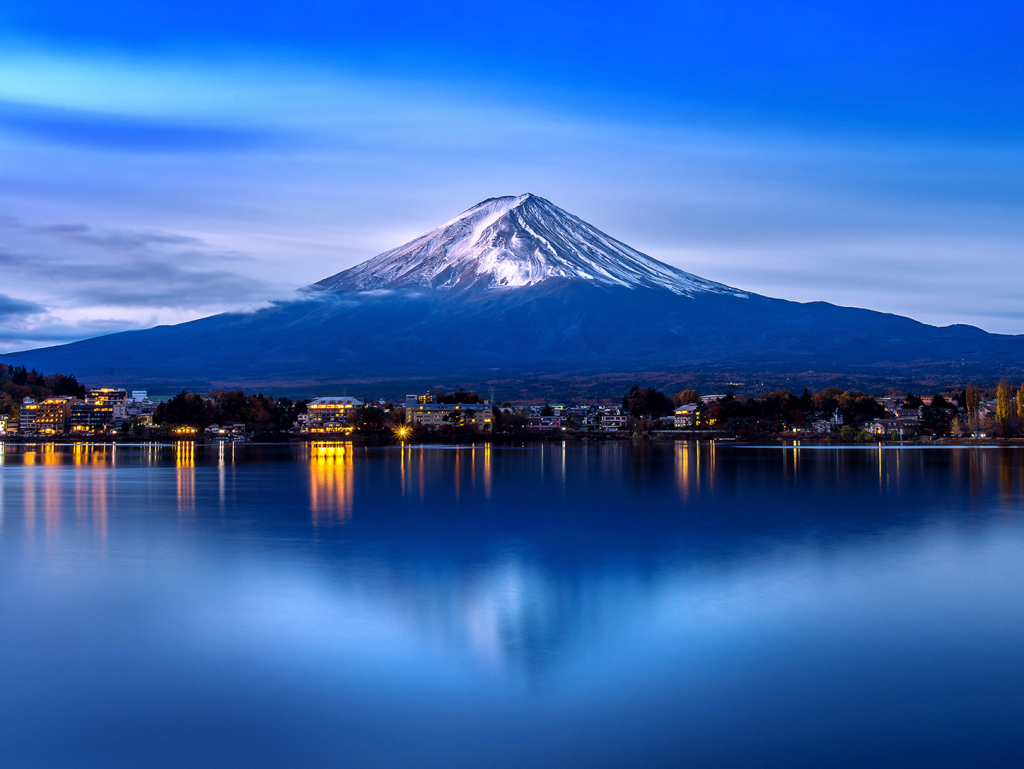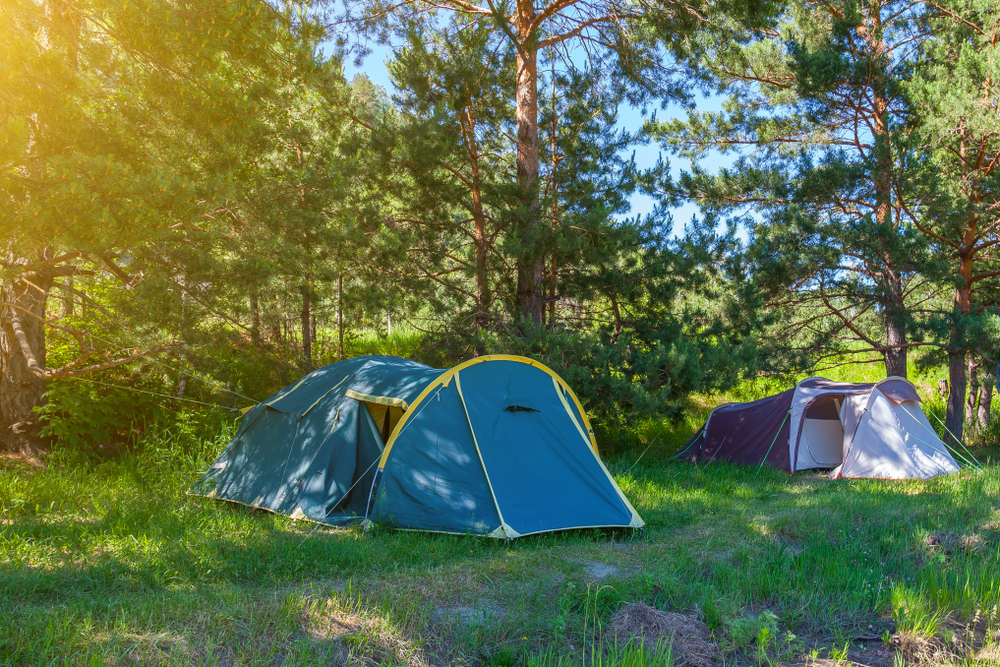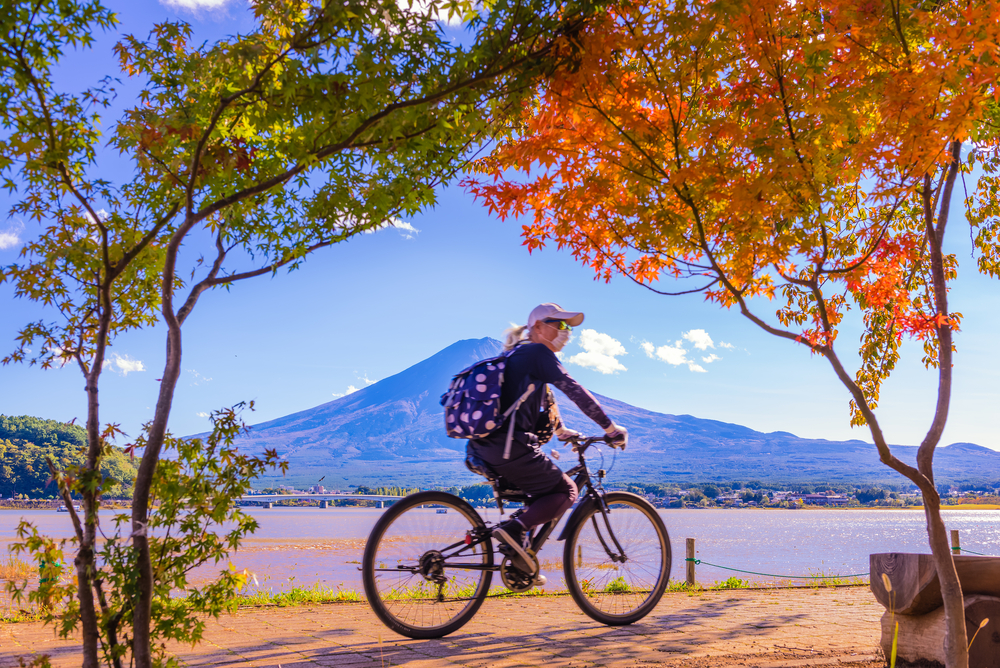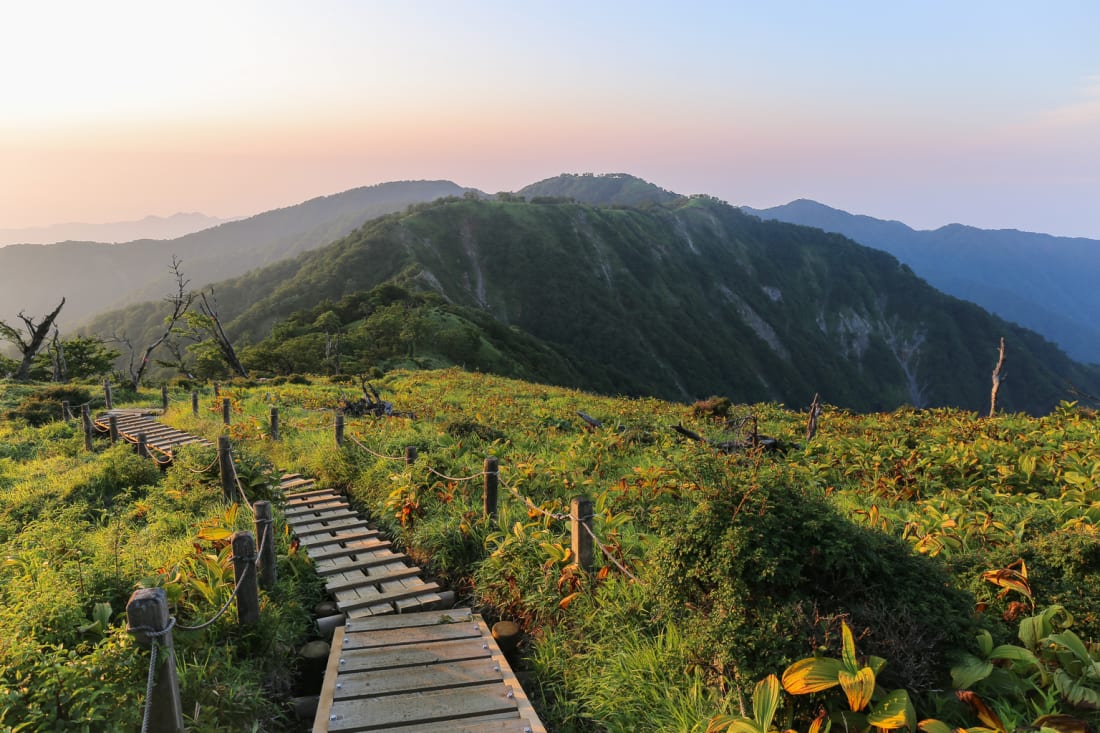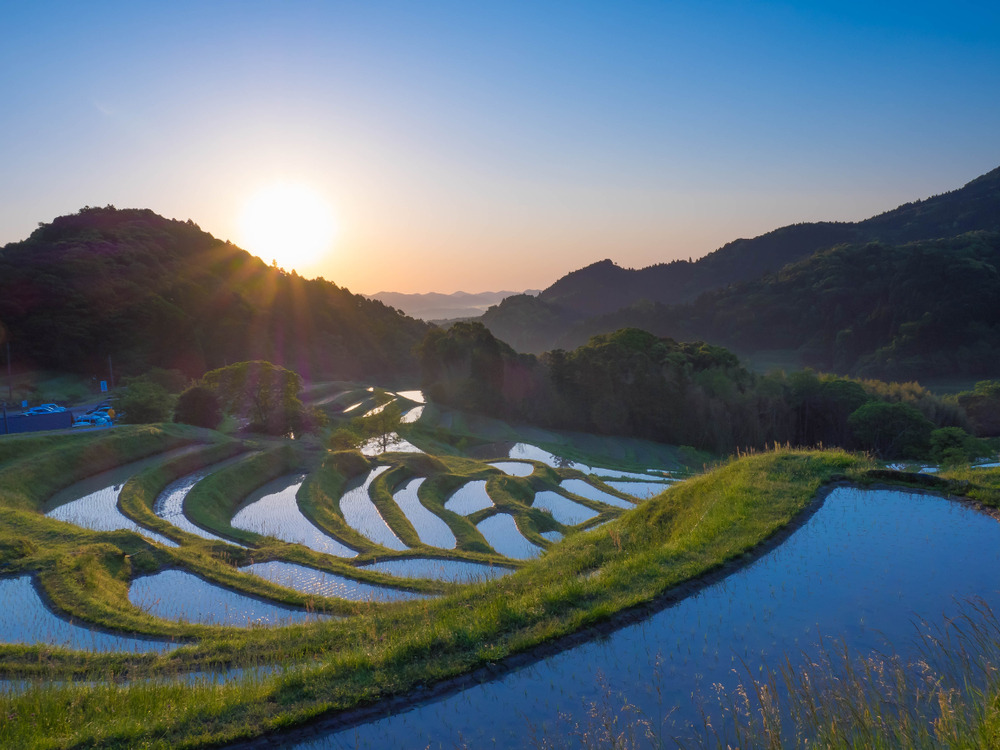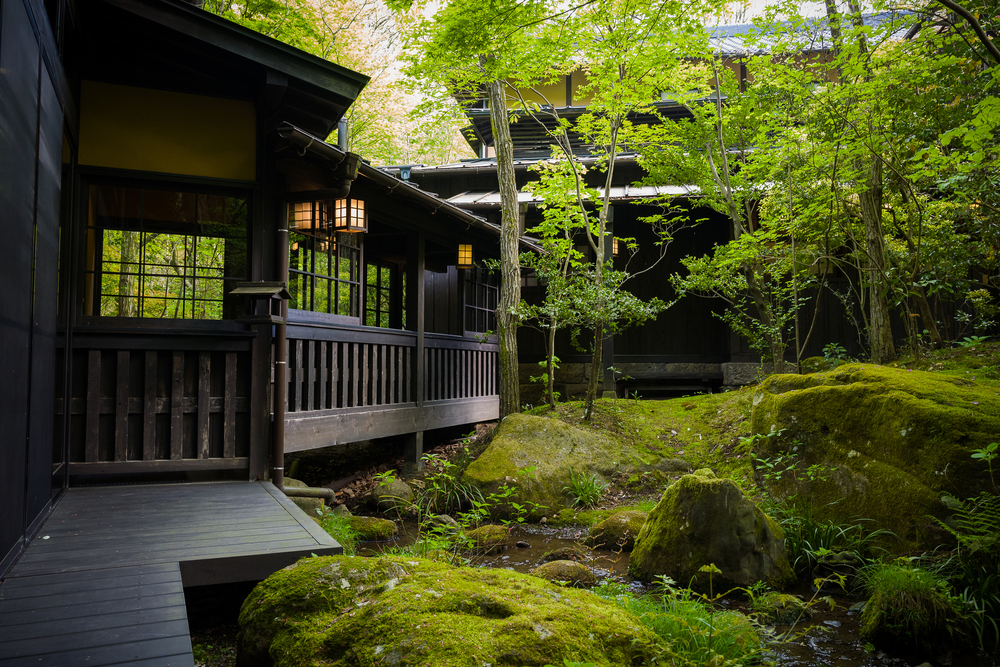On June 19, when Japan lifted the last of its interprefecture travel restrictions, it marked a turning point in the course of the novel coronavirus pandemic. Though said restrictions weren’t enforced with the same ironfisted rule as cross-border travel bans, it was a symbolic move encouraging Japanese residents to shed the collective agoraphobia brought on by Covid-19.
While we can now move freely within Japan, the virus has had a marked impact on people’s perceptions of safe travel. Packed tour buses, hostel dorms, crowded festivals and museum queues seem like perilous places to find oneself in 2020, while breezy mountain summits, the solitude of late-night campfires and quiet rural guesthouses are more alluring than ever. For many of us, this is what travel will mean in the age of social distancing.
1. Wild Camping
When your waking hours are spent in the ever-expanding, construction-loving, department-store-erecting cities of modern Japan, it’s easy to forget there still exists a plethora of stunning – if slowly dwindling – natural reserves. To fully immerse yourself in the Japanese countryside, consider renting a car and camping in the wild, away from the rule-based societies of municipal and privately-owned campgrounds.
Wild camping, or camping not at a registered campsite, sits in a legal gray area. Technically, Japan doesn’t have the same “right of public access to the wilderness” rules – allowing people to camp on public land – as in much of Europe and North America. However, said rules are rarely enforced, especially if campers pitch up on a quiet, isolated spot, leave no mess behind, and move on after each night.
With its prehistoric, untamed wilderness, Hokkaido is the ultimate spot for wild camping in Japan – in spite of the local bear populous. But dive into any of the nation’s less-charted regions, from Tokushima to Yamaguchi, and you’ll find plenty of secluded shelters to pitch up your tent for the night.
Looking to go wild camping in a little more luxury – try a camper van
2. Get on Your Bike
Cycling is perfect for breezing past the crowds, and even though over 70% of Japan is mountainous, it’s no stranger to two-wheeled explorers. The 70km Setouchi Shimanami Kaido gently winds its way from Honshu down to Shikoku in lazy ‘S’ shapes, traversing the islets of pine trees and sandy shores that dot the Inland Sea. It’s deservedly the number one cycling route in the country.
Alternatively, take to Ishikawa’s Noto Peninsula where coastal cycling routes hug crags and bluffs framed by aggressively beautiful seascapes. The Nasu Mountains of Tochigi will provide a stiffer challenge again, but reward uphill cyclists with dynamic seasonal foliage and soaring views of the vast Kanto Plain.
For the ultimate test of endurance, the Tokyo Olympics men’s cycling route stretches over 244km with an elevation of almost 5,000m – it starts in Tokyo’s Musashinonomori Park, passing through Kanagawa and Yamanashi before finishing at Shizuoka’s Fuji International Speedway.
Explore Japan on two wheels on five of TW’s favorite cycling routes
3. Hike Japan’s Lonely Mountains
Long before the folks of Western civilization began hiking in acts of foolhardy bravado, Japanese monks were ascending peaks to purify their souls. Recreating this kind of experience – just you and the mountain – is the best way to hike in a world where the threat of Covid-19 persists. To avoid the processions of climbers zigzagging the trails of Takao, Mitake or Kurama, head for Japan’s lonelier mountains instead.
Mount Mitoku in Tottori, Japan’s least populous prefecture, is a personal favorite. The 900m peak is surmounted by Nageiredo, a 1,000-year-old temple dubbed “Japan’s most dangerous national treasure,” and poses a stern yet rewarding challenge. The ritualistic climb takes you over ladder-like tree roots, along sheer cliff faces, and past intricate cypress wood monuments erected on stilts over the forest canopy below.
Looking for a trail closer to Tokyo? Here are our 6 favorite day hikes.
4. Go Off the Beaten Track
The most obvious way to avoid people? Go where they are not – and you don’t have to go far. On a trip to Chiba last weekend, I stayed in a log cabin brooded over by a cove of towering conifers and banked by a rolling sea of sour green rice paddies, almost ready for the summer harvest, dancing in the whipping winds. This gorgeous cinematic scenery played out at less than 100km from Tokyo.
To find such rural lodgings, embrace Airbnb. It isn’t necessarily the go-to accommodation site for domestic travelers in Japan, but Covid-19 has reshaped the nature of business, resulting in renters slashing prices, while others are open to negotiation to make some semblance of returns during the typically busy summer period. The aforementioned cabin in Chiba worked out a ¥6,000 per night; about the same price as a shoebox room in one of Tokyo’s APA hotels.
Chiba offers more than you realize – make the most of Tokyo’s neighbor in 48 hours.
5. Use Small Guesthouses over Major Hotel Chains
Generally speaking, small guesthouses and ryokan also facilitate social distancing better than major hotel chains. Traditional Japanese lodgings were designed with visitor-privacy among the most important values, and are already equipped to deal with increasingly trepidatious travelers: smaller properties, individual dining rooms, no breakfast buffets, and private and outdoor onsen facilities.
Furthermore, it’s the small businesses of Japan – particularly those in the travel sector – that were hit hardest by Covid-19; even if it’s only for a single night, your patronage could make a huge difference. If more small inns fail to weather the viral storm, the accommodation sector will adopt further uniformity in the shape of run-of-the-mill chains and featureless business hotels. Now imagine how uninspiring that would be.
Looking for a traditional Japanese experience? Try any of these 11 accommodations.

